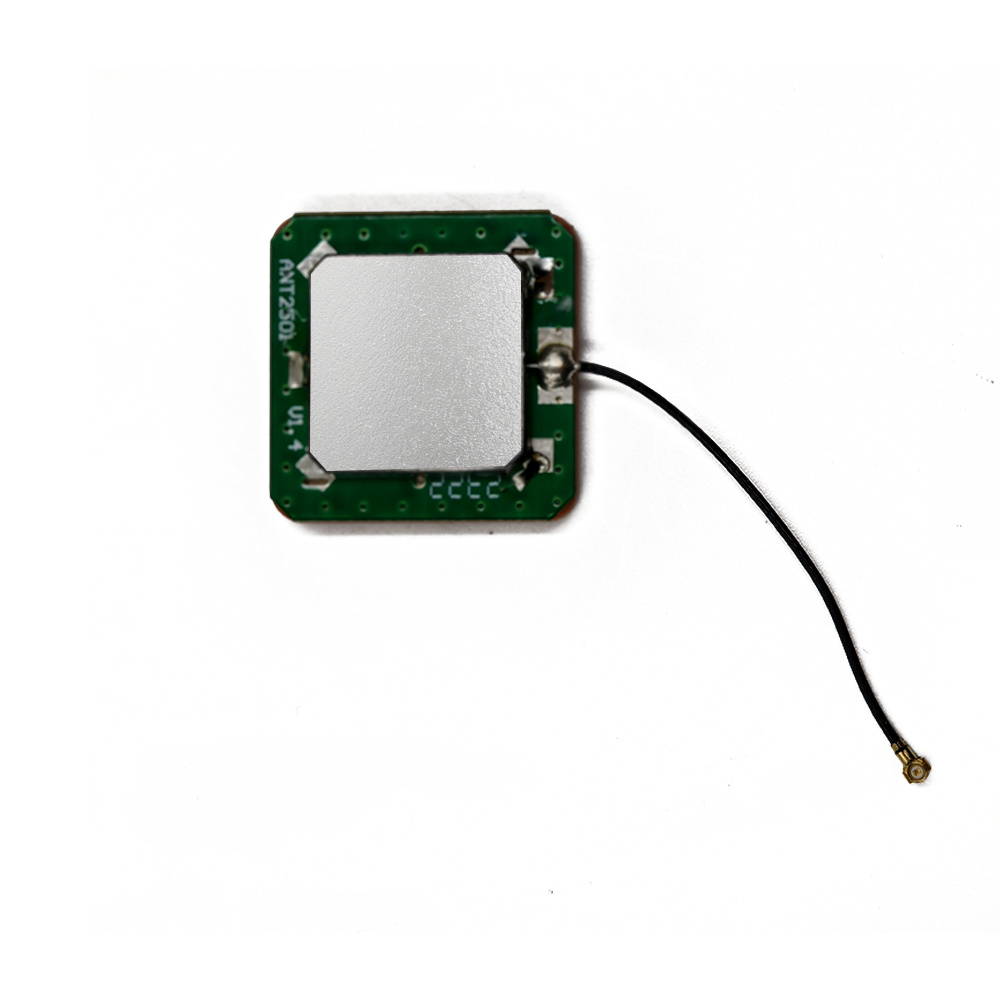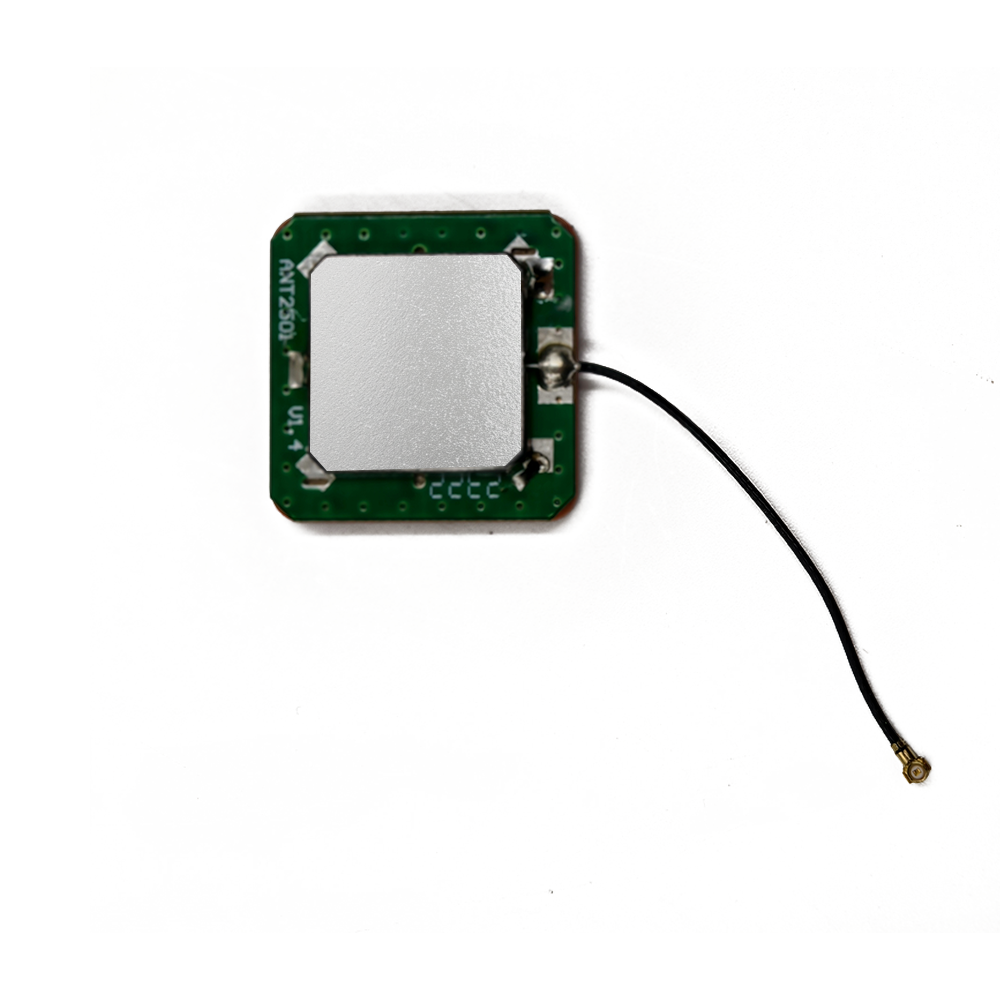Applications
The high accuracy built-in RTK GPS ceramic antenna has found extensive applications across a wide range of industries. In the automotive sector, it is a key component in autonomous driving systems. It enables vehicles to precisely determine their position on the road, facilitating functions such as autonomous lane-keeping, adaptive cruise control, and safe intersection navigation. In advanced driver-assistance systems (ADAS), it provides highly accurate location data for features like blind-spot detection and collision avoidance, enhancing road safety significantly.
In precision agriculture, the antenna plays a vital role in modern farming practices. Farmers can use RTK-equipped devices, such as tractors and drones, to precisely map fields, plant seeds with high accuracy, and apply fertilizers and pesticides only where needed. This not only increases crop yields but also reduces the environmental impact of agricultural activities by minimizing the overuse of chemicals.
For surveying and mapping, the high accuracy provided by these antennas has revolutionized the industry. Surveyors can quickly and accurately measure land boundaries, create detailed topographic maps, and monitor construction sites. In the construction industry, it helps in the precise placement of structures, ensuring that buildings and infrastructure are constructed according to design specifications, reducing errors and rework.
In the drone industry, RTK-equipped drones are used for a variety of applications, including aerial photography, surveying, and delivery services. The high accuracy positioning allows drones to fly precise routes, capture high-resolution images for mapping and inspection purposes, and deliver packages to specific locations with a high degree of reliability.
Future Trends
Looking ahead, several future trends are set to shape the development of high accuracy built-in RTK GPS ceramic antennas. One prominent trend is the integration of multiple satellite navigation systems. In addition to GPS, other global navigation satellite systems (GNSS) such as GLONASS, Galileo, and BeiDou are becoming increasingly prevalent. Future antennas are likely to be designed to receive signals from multiple GNSS simultaneously, providing more accurate and reliable positioning information, especially in challenging environments where satellite visibility may be limited.
Another trend is the development of more compact, energy-efficient, and cost-effective RTK systems. As technology advances, there will be a push to further miniaturize the RTK components while reducing power consumption. This will enable the integration of high accuracy RTK GPS ceramic antennas into even smaller devices, such as miniature sensors and ultra-compact drones, expanding the scope of applications.
The integration of artificial intelligence (AI) and machine learning (ML) with RTK systems is also an emerging trend. AI and ML algorithms can be used to optimize the RTK positioning process, improve signal processing in the presence of interference, and predict and adapt to changing environmental conditions. For example, AI can be used to analyze historical positioning data and environmental factors to anticipate potential signal disruptions and take proactive measures to maintain accuracy.
There is also a growing interest in using RTK technology for indoor positioning. While traditional GPS is mainly designed for outdoor use, researchers are exploring ways to adapt RTK principles for indoor environments, such as large warehouses, airports, and shopping malls. High accuracy built-in RTK GPS ceramic antennas may play a crucial role in this development, enabling precise indoor positioning for applications like asset tracking, inventory management, and navigation within buildings.
Conclusion
In conclusion, the high accuracy built-in RTK GPS ceramic antenna represents a remarkable convergence of advanced RTK technology and ceramic antenna engineering, offering unparalleled positioning accuracy, compact size, durability, and excellent integration capabilities. These features have made it an indispensable component in a wide range of industries, driving innovation and enhancing operational efficiency.
However, the challenges associated with the complexity of the RTK system, interference, environmental factors, and manufacturing consistency must be addressed to further promote its widespread adoption. Overcoming these challenges will require continuous research and development efforts from both the academic and industrial sectors.
Looking to the future, with the emergence of trends such as multi-GNSS integration, miniaturization, the integration of AI and ML, and indoor positioning applications, the high accuracy built-in RTK GPS ceramic antenna is poised to play an even more significant role in enabling precise and reliable location-based services. As technology continues to evolve, these antennas will open up new frontiers for innovation and growth, transforming the way we interact with the world around us through accurate positioning.




































































 Language
Language
 En
En Cn
Cn Korean
Korean

 Home >
Home > 






 18665803017 (Macro)
18665803017 (Macro)













